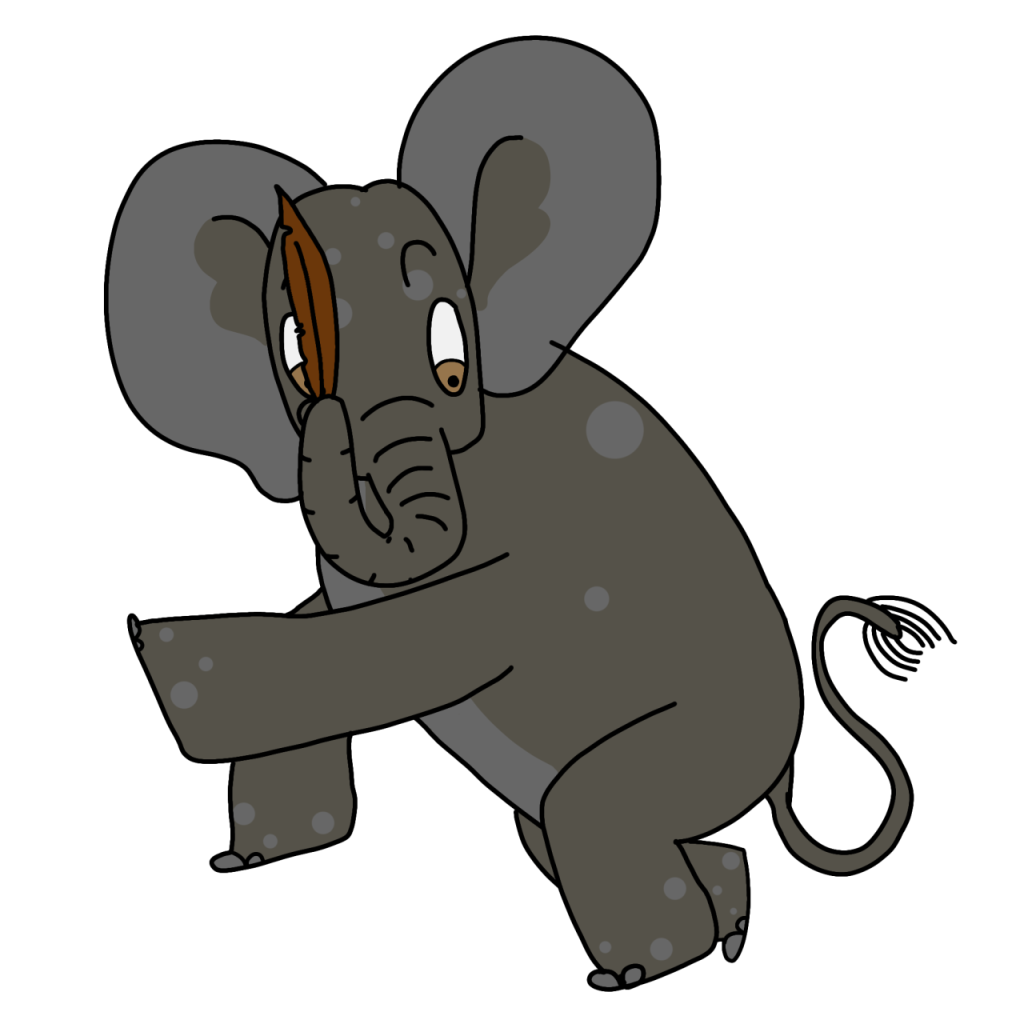Kitaro originates from 1930s kamishibai, which were a kind of paper theaters where traveling storytellers would mix oral storytelling with illustrations.
Kitaro was born in a cemetery after his parents died and is an adaptation of earlier yokai folklore Kosodate Yūrei or “the candy-buying ghost” about a woman who appears for seven days and buys candy, turns out to be dead and when the shopkeeper digs up her grave she has a live baby in her arms.
This folklore is similar and most certainly inspired by the Chinese story of “the woman who buys rice cakes” which first appeared in print in 1198 in Yijian Zhi, a compilation of Chinese stories put together by Hong Mai of the Southern Song dynasty.
These days Kitaro is known primarily because of the manga and anime GeGeGe no Kitarō and also its crossover with Yokai Watch where he appears as a character in some games and other media.
Notes
Kamishibai stories were not registered for copyright at the time due to that just not being really a priority or due to the medium. Therefore they fall outside the parameter of the Uruguay Round Agreement Act of 1996 and are therefore public domain in the United States and everywhere else.
Any appearance outside of the initial Kamishibai appearance are still under copyright, such as the manga and anime.
Links




